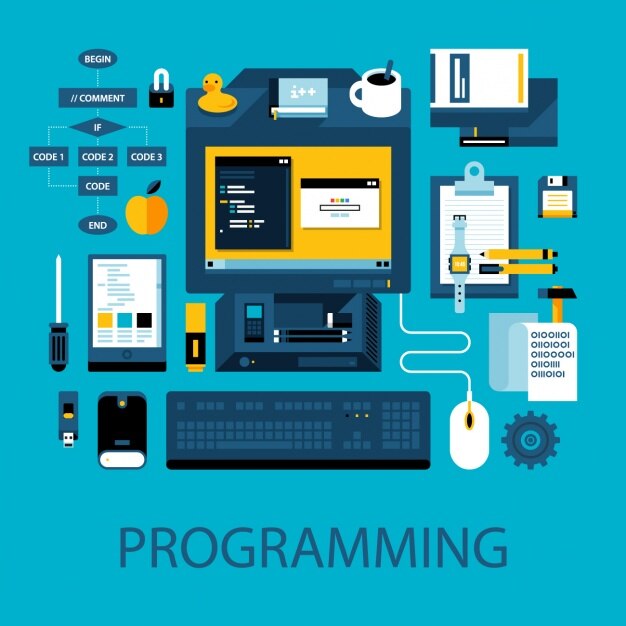Innovative Software Tools: Revolutionizing the Way We Work

Anders Kallerdahl from KPIT Technologies explains the benefits of using Adaptive Autosar in the automotive industry.
Most current automotive software runs on firmware, which is a binary code designed for a specific microcontroller. This firmware is configured and implemented based on certain requirements and is usually updated during production, periodic services at workshops, or recalls if faults are found. Ideally, the aim is to install the software once and never have to update it throughout the car’s life.
However, this approach doesn’t work well with software because today’s automotive electronic control units (ECUs) handle very complex tasks, making continuous updates and bug fixes inevitable. The more complex a software project, the more errors it tends to have. This isn’t due to poor engineering but because increased complexity leads to more errors per line of code. While investing more in verification and validation could help, automotive companies often prioritize adding new features over thorough testing. Verifying complex systems also requires expert knowledge and can be very expensive and hard to manage. Furthermore, not all requirements are clear from the start, complicating the validation process.
Modern car owners expect their vehicles to have up-to-date, dynamic features, many of which rely on software. Smartphones, with their constant internet connections and adaptive capabilities, set a high bar for user expectations. Early adopters of complex software features and agile work processes in the automotive industry include infotainment and telematics projects, which typically use updatable systems with operating systems like Linux.
Unfortunately, these projects often involve integrating various modules into a software platform with little reuse. Each new project generation essentially starts from scratch. Additionally, Linux-based platforms struggle with meeting safety and real-time performance requirements.
Adaptive Autosar, a new standard, addresses these challenges by creating a partially service-oriented architecture (SOA). Unlike Classic Autosar, a standalone firmware platform, Adaptive Autosar doesn’t aim to create a complete SOA. Instead, it focuses on making services central to the software platform. These services are provided by a service provider and consumed by a service consumer, with a service broker dynamically setting up connections during runtime. This dynamic setup allows for partial updates without affecting the entire system.
Adaptive Autosar applications interface with an operating system that supports the PSE51 API subset of the Posix standard. This doesn’t restrict it to only PSE51 OS—it can also run full PSE54 OS, like Linux. This flexibility allows any Posix-compliant applications and libraries to be reused and deployed across different Adaptive Autosar platforms. Simply put, Autosar uses Posix without trying to redefine it.
Reusing reliable, older software that has been in production for a long time makes sense since new software is bound to have defects. Why not capitalize on proven code and ensure stability?